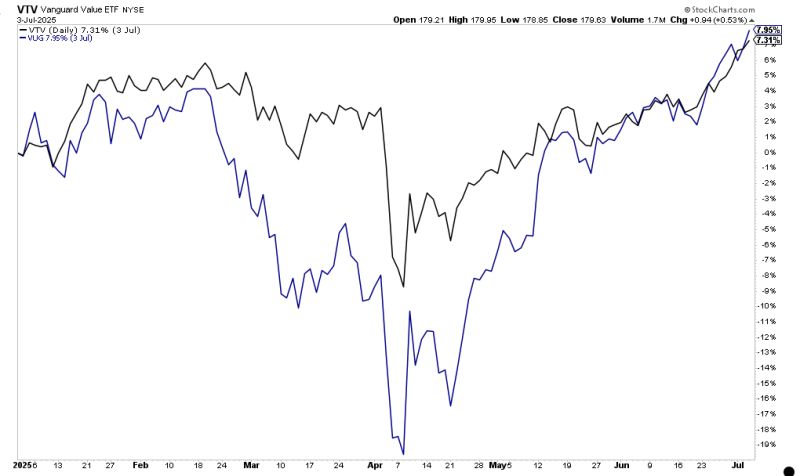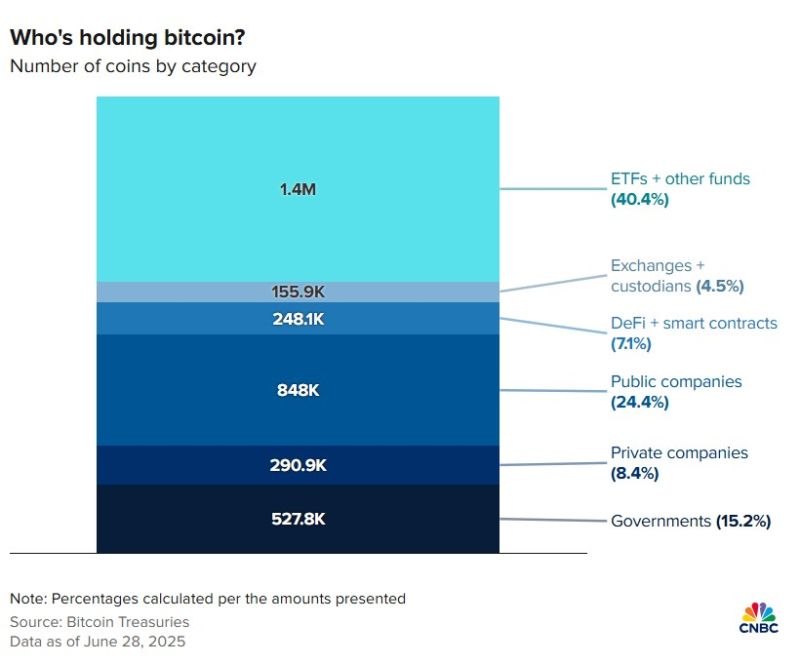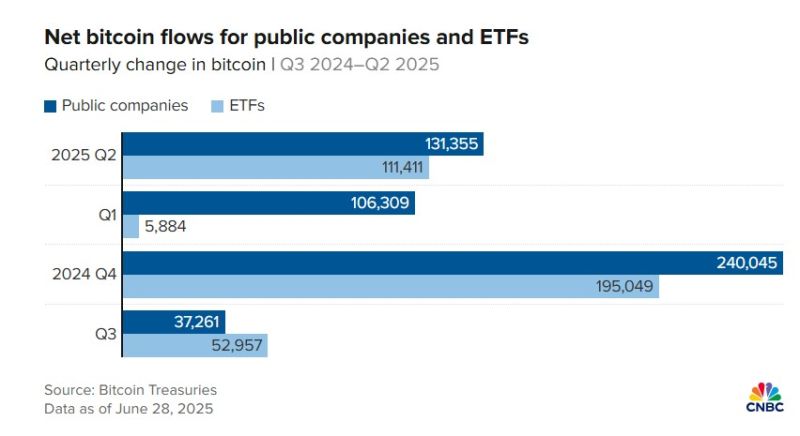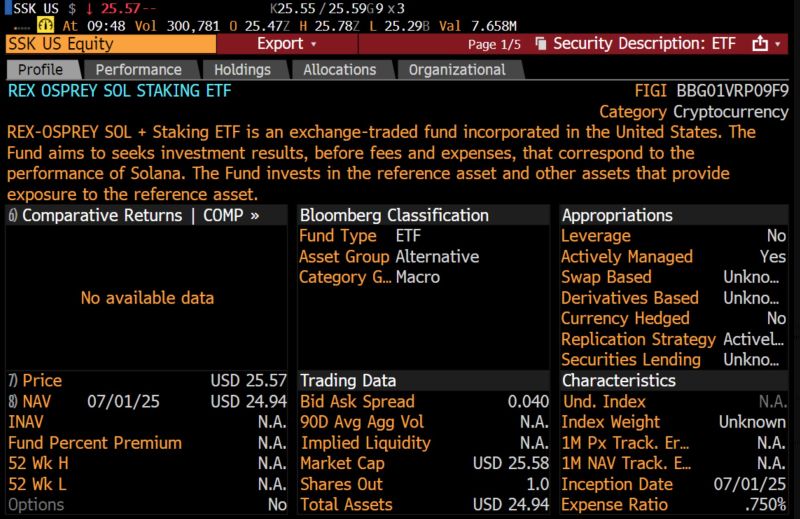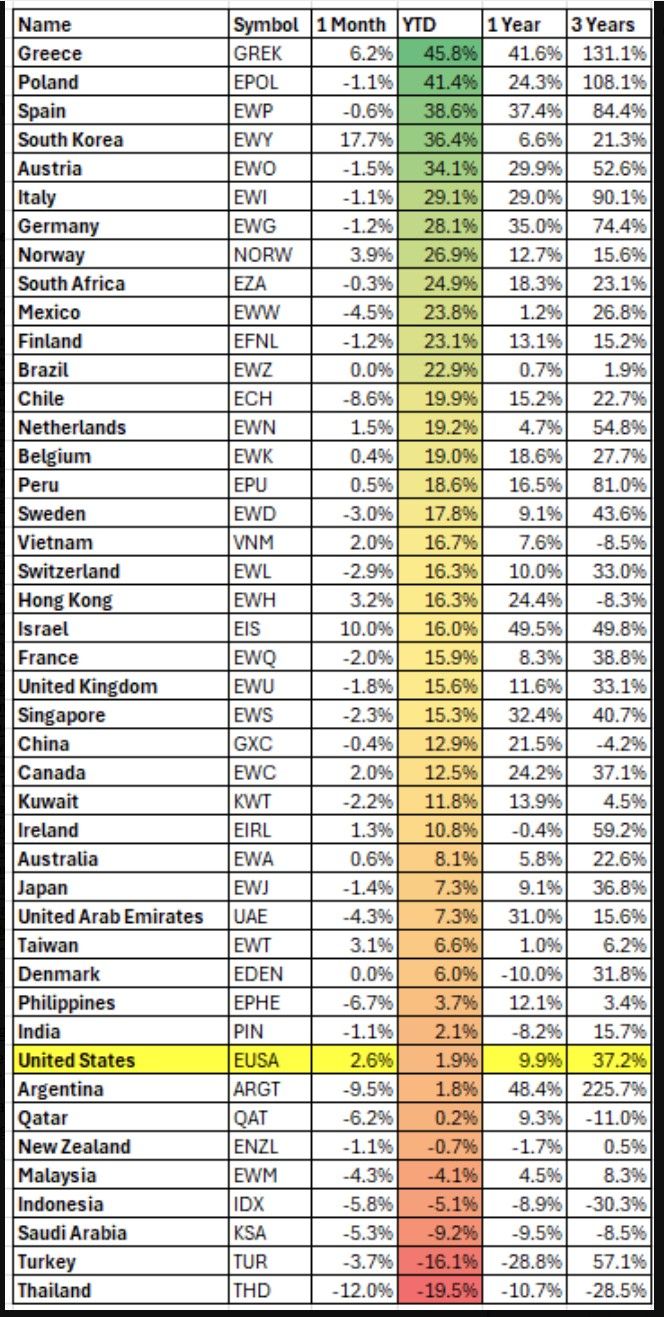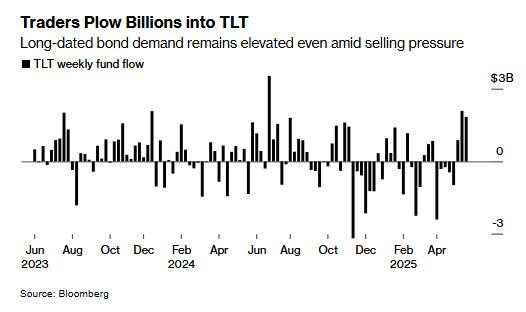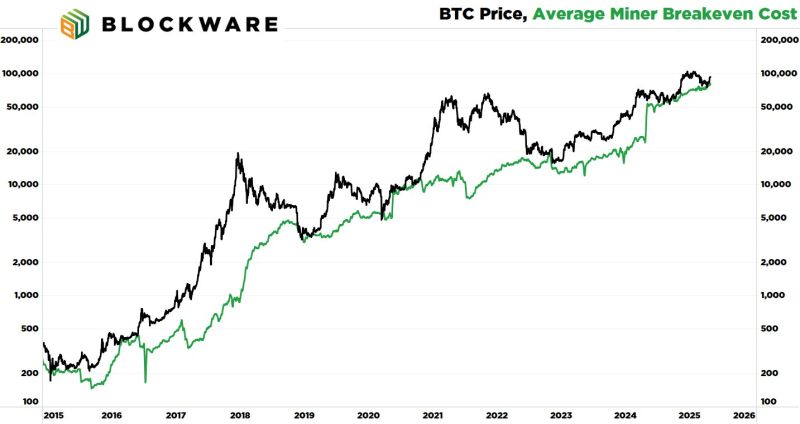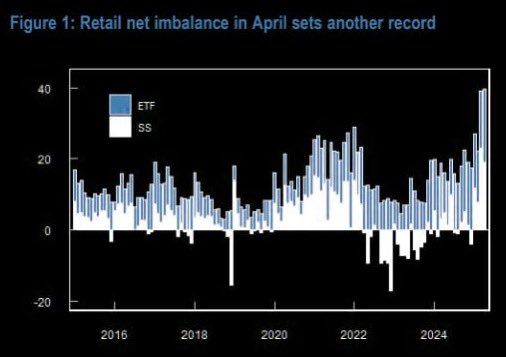Straight from the Desk
Syz the moment
Live feeds, charts, breaking stories, all day long.
- All
- equities
- United States
- Macroeconomics
- Food for Thoughts
- markets
- Central banks
- Fixed Income
- bitcoin
- Asia
- europe
- investing
- technical analysis
- geopolitics
- gold
- Crypto
- AI
- Commodities
- Technology
- nvidia
- ETF
- earnings
- Forex
- china
- Real Estate
- banking
- oil
- Volatility
- energy
- magnificent-7
- apple
- Alternatives
- emerging-markets
- switzerland
- tesla
- United Kingdom
- Middle East
- assetmanagement
- amazon
- russia
- ethereum
- microsoft
- ESG
- meta
- Industrial-production
- bankruptcy
- Healthcare
- Turkey
- Global Markets Outlook
- africa
- Market Outlook
- brics
- performance
Value and growth are now even YTD
Source: Mike Zaccardi, CFA, CMT, MBA
Who's holding bitcoin?
Bitcoin ETFs, whose collective U.S. launch in January 2024 was one of the most successful ETF debuts in history, still represent the largest holders of bitcoin by entity with more than 1.4 million coins held today, representing about 6.8% of the fixed supply cap of 21 million. Public companies hold about 855,000 coins, or about 4%. Source. CNBC
‼️ Public companies bought more bitcoin than ETFs did for the third quarter in a row
▶️ Corporate treasuries have surpassed ETFs in bitcoin buying for a third consecutive quarter as more companies try to benefit from the MicroStrategy playbook in a more crypto-friendly regulatory environment. ▶️Public companies acquired about 131,000 coins in the second quarter, growing their bitcoin balance 18%, according to data provider Bitcoin Treasuries. ETFs showed an 8% increase or about 111,000 BTC in the same period. ▶️Public company bitcoin holdings increased 4% in April, a tumultuous month after the market was rocked by President Donald Trump’s initial tariffs announcement, versus 2% for ETFs. Nick Marie, head of research at Ecoinometrics, suggested that 10 years from now, there probably won’t be so many companies committed to the bitcoin treasury strategy. Firstly, he said, the more that enter the category, the more diluted the activity at each firm becomes. Plus, bitcoin may be so normalized by then that proxy buyers are no longer constrained by rules and mandates around direct exposure to bitcoin. Source: CNBC
$TLT just saw a weekly inflow of $1.8 Billion, the highest inflow among all ETFs 🚨
Source: Bloomberg, Barchart
🔴 Some interesting perspectives on bitcoin by Blockware shared by Robert @reedlove on X.
▶️ Bitcoin is up 25% from its April 9th low and there’s a handful of indicators that show a major bull market around the corner. Starting with the Average Miner Cost of Production. ▶️ In a rational economy, assets rarely trade below their cost of production. Now, what it costs to “mine” a Bitcoin is different for every miner – machine type, electricity cost, and uptime all play a role — but the analysts @BlockwareTeam have aggregated data to create a metric called the “industry average”. ▶️ This metric has timed each of the past 6 Bitcoin bottoms: September 2024 November 2022 September 2020 March 2020 December 2018 April 2016 ▶️ This metric is signaling a bottom right now.
Investing with intelligence
Our latest research, commentary and market outlooks


